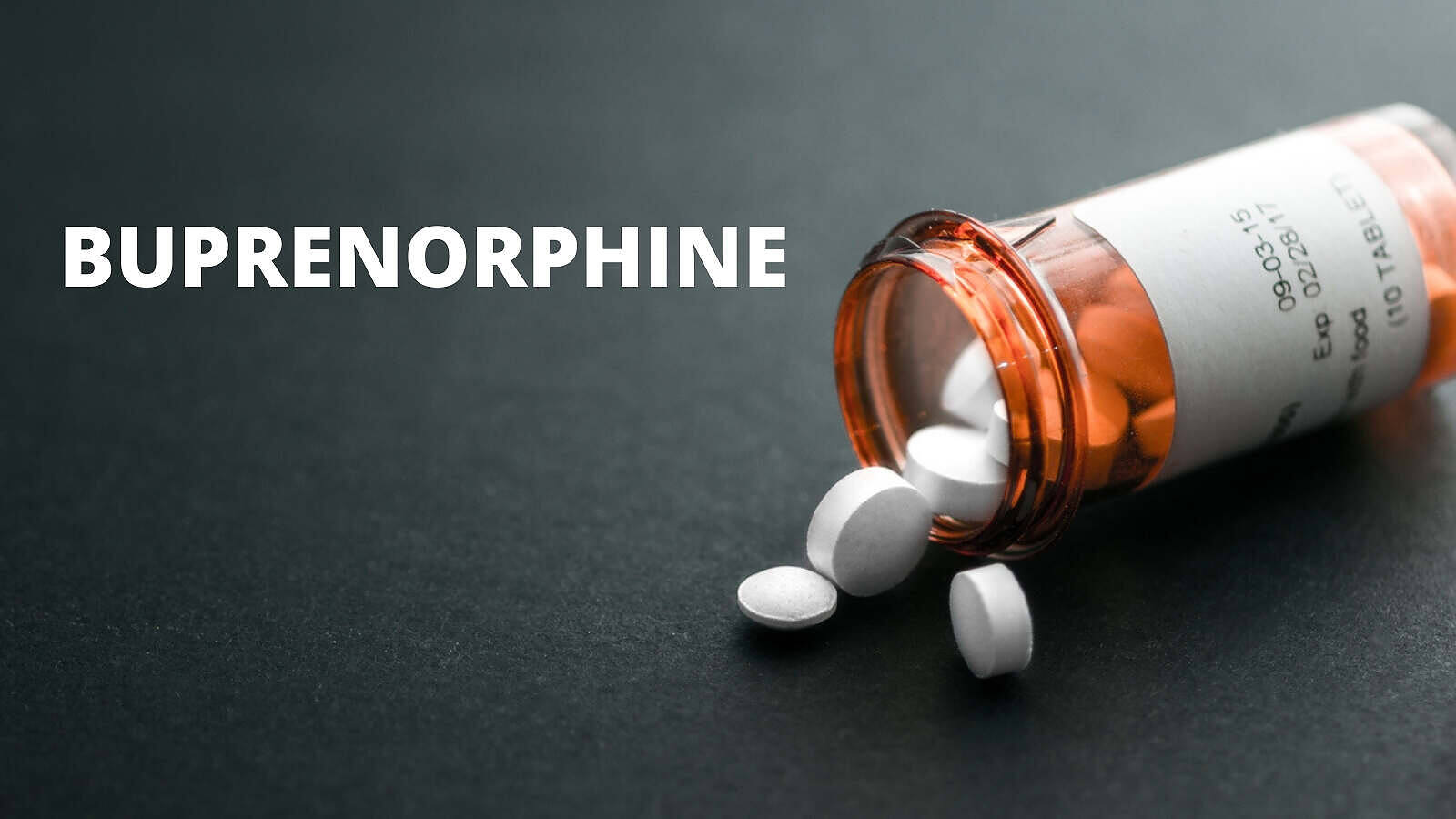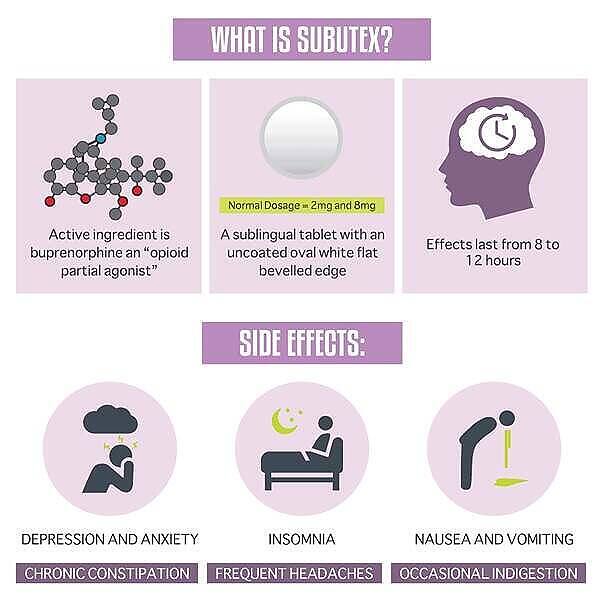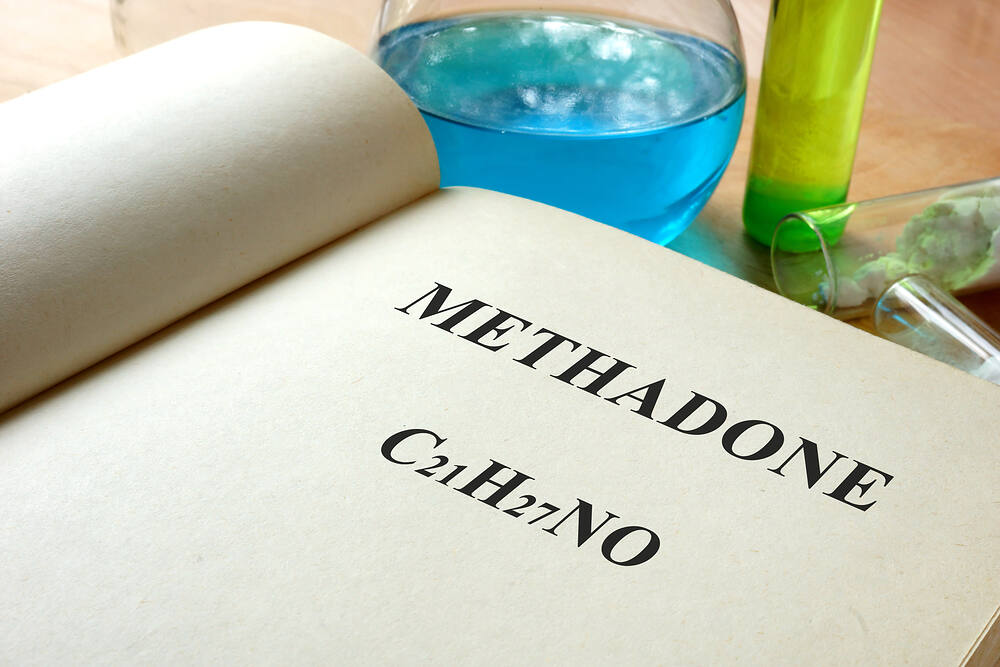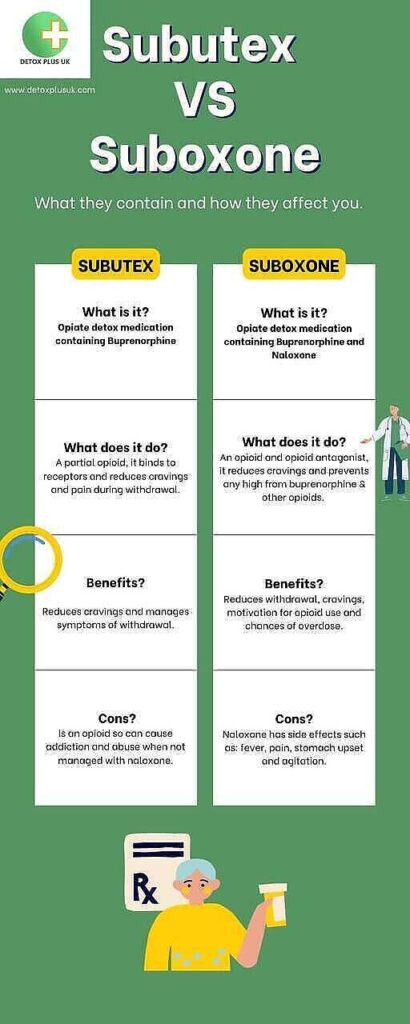Buprenorphine is a synthetic pharmaceutical opioid primarily used for the treatment of opioid use disorders.
Buprenorphine can be very effective in stabilizing a person’s substance use disorder, and it is also a drug that can be abused and lead to drug dependence in its own right.
Here, we advise on what Buprenorphine is, the advantages and disadvantages of using it as an opioid-substitution, Buprenorphine’s side effects, its effectiveness in treating opioid withdrawal, and other important information you should know before commencing Buprenorphine treatment.

What is Buprenorphine, and what is it used for?
Buprenorphine is an opioid prescription drug used to treat opioid addiction and dependence, acute pain and chronic pain.
Buprenorphine is a class C, Schedule 3 drug.
Possession of Buprenorphine is illegal without a prescription and can carry an unlimited fine and up to 2 years imprisonment. Illegal supply or production of Buprenorphine carries a sentence of up to 14 years’ imprisonment and an unlimited fine.
Buprenorphine can help a person to stop using the following drugs amongst other opioid narcotics:
Buprenorphine is a partial opioid antagonist. This means that when someone takes it as a substitute for an opioid such as heroin, they will receive similar effects but without the pronounced euphoric high. This helps a person with an opioid use disorder stop abusing opioids through reduced cravings and controlled withdrawal symptoms.
The use of Buprenorphine in opioid maintenance & heroin detox
For some people who suffer from opioid dependence on heroin, Buprenorphine can effectively reduce the harms of abusing opioid narcotics.
Buprenorphine can help a heroin user:
- To stop committing crimes to fund heroin
- To become stable enough to hold down a job and improve relationships
- To stop the risk of transmitting blood-borne viruses by stopping intravenous heroin use
- To stop the risk of a heroin overdose
- To stop the risk of physical harm caused by heroin use
- To become happier, healthier and more stable in themselves and improve mental health
- To become abstinent from all opioid drugs
- To engage in therapy to assist maintenance or abstinence
Buprenorphine acts as a substitute in treating heroin dependence and is considered much safer than methadone.
For an opioid use disorder, such as heroin addiction, methadone or morphine addiction, Buprenorphine treatment is typically started when opioid withdrawal symptoms commence and for the first two days of treatment, under close observation of a healthcare professional.
Methadone v Buprenorphine:Compared to methadone as a heroin substitute, buprenorphine is considered to be 6 times safer than methadone in terms of recorded deaths attributed to either drug 4 |
Once a person with opioid use disorder has their withdrawal symptoms stabilised through the administration of Buprenorphine, clinically, it is preferred to then swap to Suboxone.
Suboxone is a pharmaceutical drug that contains a combination of Buprenorphine and Naloxone, which is an opioid antagonist. Suboxone treatment is recommended to continue for 6 months to one year before being tapered off 1
The Naloxone in Suboxone discourages abuse of the medication. Crushing or dissolving the pill for snorting or injecting activates the Naloxone, which results in acute opioid withdrawal 1
Buprenorphine treatment to substitute another opioid in an opioid use disorder is known as pharmacotherapy. Pharmacotherapy is most effective when combined with other non-pharmaceutical therapies to unearth and heal the causes of the person’s opioid use disorder and to address the behaviour.
Buprenorphine can be used to stabilise an opioid use disorder and used in a maintenance plan, or it can be used to detox a person who is addicted to opioids.
In the case of heroin detox, a person with heroin dependence would commence treatment once they start to withdraw. The Buprenorphine is gradually increased (titration) until heroin withdrawals stop. Once they are stabilized, they can follow a reduction regime until they are clear of all opioids.
Brand names
Buprenorphine is an opioid drug that is manufactured and sold under numerous pharmaceutical brand names. The drug is used for varying medical purposes and comes in different strengths, lengths of action, and administration forms.
Brand names for Buprenorphine include:
- Butrans (extended release transdermal patch)
- Bupeaze (for the treatment of chronic and severe pain, such as in end of life cancer patients)
- Budival (administration by injection, for treatment of opioid dependence)
- Subutex (sublingual, daily administration)
- Suboxone (Buprenorphine combined with Naloxone for the specific treatment of opioid addiction)
- Sevodyne (treatment of non-cancerous pain, moderate pain that is unresponsive to non-opioid painkillers)
- Soblocade (extended-release injection)
- Temgesic (sublingual)2,3

The brand, strength, and administration that you are prescribed will depend on numerous factors that a qualified physician should only assess and decide.
Interested in treatment for opioid dependence? Call us today for more information on how we can help.
Key facts you should know about Buprenorphine
Before commencing treatment, there are some key facts about the drug to consider:
- The medication can lead to drug dependence and addiction
- The most common side effects include drowsiness, nausea and constipation
- It is an effective and safer substitute for street opioids such as heroin if taken exactly as prescribed
- Buprenorphine should not be mixed with alcohol or other drugs. This vastly increases the risk of respiratory depression as well as increasing unpleasant side effects
- This drug should never be mixed with other opioids, especially illicit opioids. Mixing heroin and buprenorphine can lead to a fatal overdose.
- Over the counter medicines containing codeine should not be taken with buprenorphine. This could increase side effects and respiratory depression
- Withdrawal from Buprenorphine dependence is similar to that of heroin withdrawal.
- Buprenorphine maintenance treatment is only recommended for those with a chronic opioid use disorder prone to relapsing.
- Compared to methadone as a heroin substitute, buprenorphine is considered to be 6 times safer than methadone 4
- Buprenorphine can be taken at home.
- Buprenorphine won’t stop a person from using heroin but will help to reduce the desire and stop heroin withdrawal symptoms.
- Some people (especially women) can suffer from rapid weight gain
Side effects of Buprenorphine
As with all drugs, this medication carries the risk of side effects and will not suit everyone who takes it.
Common side effects of Buprenorphine include:
- Constipation
- Decreased sex drive
- Drowsiness (especially after dose)
- Drug dependence
- Headache
- Increased sweating
- Lethargy
- Decreased appetite
- Nausea
- Vomiting
- Abdominal pain & discomfort
- Skin itching
- Skin rash
- Skin hives
- Sluggishness
- Tooth decay
- Memory problems
- Gum disease
- Changes to periods (menstruation)
- Weight gain 5
Buprenorphine can also cause the following rarer but more serious side effects:
- A severe allergic reaction ( Anaphylaxis)
- Dependence.
- Cognitive depression
- Depressed respiratory rate, respiratory arrest and coma.
- Hormonal problems such as adrenal insufficiency
- Severe liver damage
- Severe opioid withdrawal symptoms
- Bloating of hands and face
- Bladder pain & painful urination
- Drug misuse & abuse 5

Suboxone can also carry some very serious side effects, including confusion, hallucinations and yellowing of the skin and eyes.
Buprenorphine can help reduce anxiety
Both Buprenorphine and Suboxone can assist people that suffer from anxiety and depression in recovering from addiction.
Buprenorphine works on the brain receptors that help to regulate anxiety. In this respect, for those with an opioid use disorder and anxiety or depression, it could improve their chances of a full recovery 6
Can Someone get high on Buprenorphine?
The short answer to this is yes, and you can get high by abusing Buprenorphine. This is why Suboxone is prefered in the treatment of opioid use disorders through pharmacotherapy.
Whilst the medication may initially make you feel very drowsy and relaxed, the euphoric high it produces is not nearly as pronounced as Heroin, even when it is abused.
The use in opioid dependence not only manages withdrawal symptoms but also reduces cravings for other opioids. This can give a person who wants to eventually get clean the chance to undergo counselling and behavioural therapies.
Abuse and addiction
Buprenorphine can be abused in different ways. Many that abuse it will crush and snort or dissolve the drug and prepare for injection.
Other methods of abuse include using other drugs or alcohol on top to get high or administering Buprenorphine in between abusing opioids to manage and prevent withdrawals.
Like any opioid, prolonged use leads to tolerance and dependence, even when taken exactly as prescribed for chronic pain.
Abuse can also lead to addiction which is a chronic and progressive brain disorder.
Am I clean if I take Buprenorphine?
In terms of recovery from addiction, no one way works for all. Abstinence based recovery programmes such as Narcotics Anonymous would not consider a member ‘clean’ if they take Buprenorphine for detox treatment or substitute drugs for an opioid use disorder.
However, for a person that has already tried multiple times to be completely abstinent from all opioids but keeps relapsing, Buprenorphine pharmacotherapy can provide them with the stability they need to stop using dangerous illicit drugs.
Regardless of whether a person is on pharmacotherapy treatment or maintaining abstinence from all drugs, they are strongly advised to undertake a comprehensive opioid rehabilitation programme. This will provide them with the healing and tools they need to rebuild their life.
Opioid rehabilitation programmes should also include relapse prevention strategies. Just because a person is on a Buprenorphine Pharmacotherapy programme does not mean they won’t be at risk of relapse, especially if they suffer from addiction.
Who is helped by Buprenorphine?
Buprenorphine is a useful medication for those who have attempted multiple times to stop abusing opioids. The flip side of this is that those that suffer from addiction will still be at risk of relapse.
The side effects can still make a person feel under the influence of narcotics, affecting their cognitive ability, mood, memory and ability to function.
Others who have tried abstinence-based recovery may also struggle with taking a substitute drug and accessing suitable support.
While the medication can be beneficial in a maintenance plan and harm reduction, there needs to be clear guidelines and goals for eventually stopping.
Continuous use for more than a few weeks will result in opioid dependence. A person who takes Buprenorphine as a substitute for illicit opioids will still have to face a detox at the end of their treatment.
Help for opioid dependence & addiction
Regardless of how addiction or dependence on opioids comes about, the most important thing to know is that effective treatment can help you stop taking opioids and rebuild your life.
We at Detox Plus UK specialise in the medical detoxification and rehabilitative treatment of all opioid use disorders. Furthermore, we ensure that our patients receive the best addiction treatment, medical treatment and continued support to ensure they can stay clean.
Being addicted or dependent on opioids can feel pretty hopeless. We can assure you that you can get well with the correct bespoke treatment regardless of your circumstances and personal treatment needs.
Call us today for a free and confidential assessment. Our experts will advise and guide you in taking the next steps to a new and infinitely better, and happier way of life.
Is the Opioid Epidemic Spreading to the UK?
Sources
- “Buprenorphine Hydrochloride”. drugs.com. American Society of Health-System Pharmacists. 26 January 2017. Retrieved 17 March 2017.
- What are the different brands of Buprenorphine?
- Buprenorphine
- The relative risk of fatal poisoning by methadone or buprenorphine within the wider population of England and Wales
- Buprenorphine side effects
- Anxiety treatment of opioid-dependent patients with Buprenorphine



